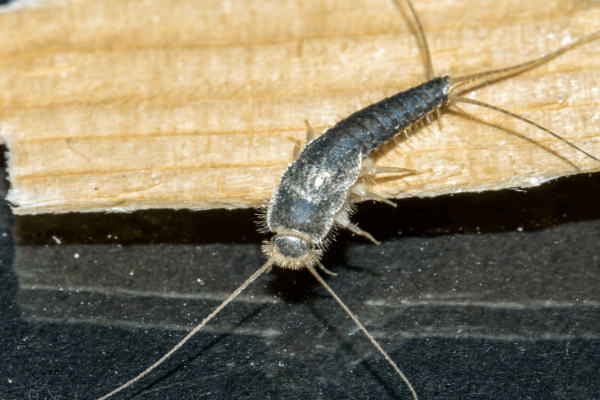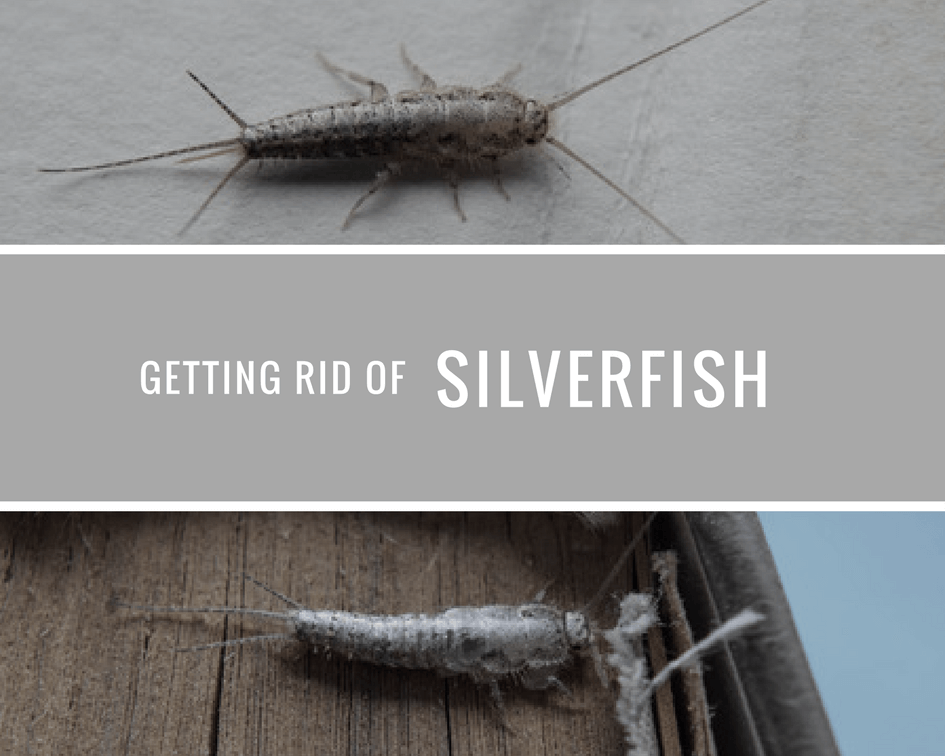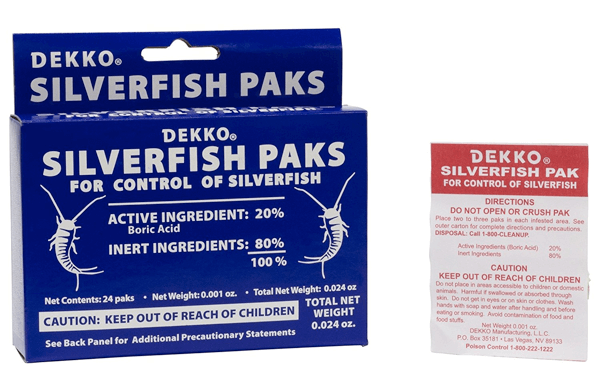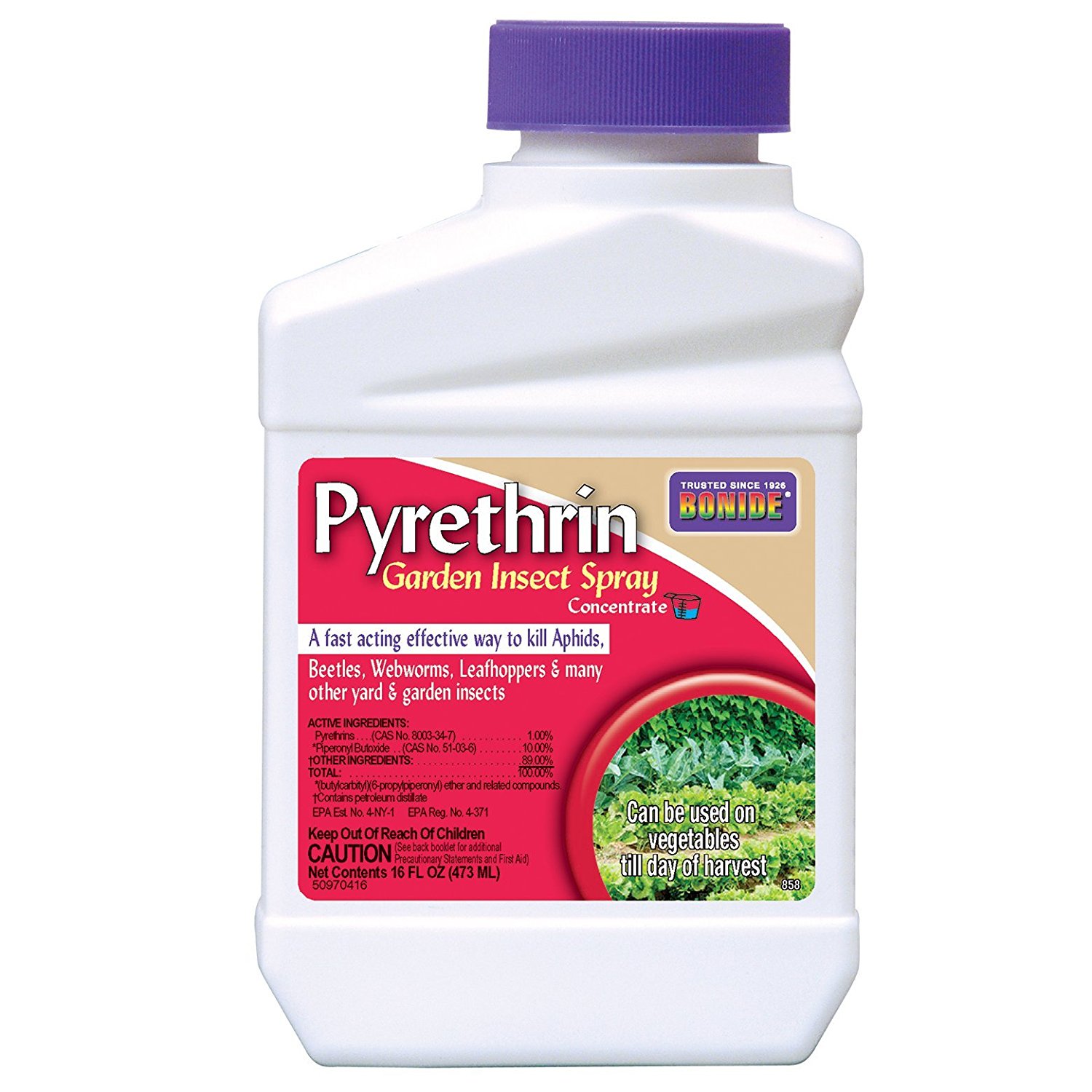- Home
- Silverfish Control
- Getting Rid of Silverfish
Getting Rid Of Silverfish
This post may contain affiliate links so I earn a commission.
If you happen to see one scurry across your bathroom or kitchen floor, getting rid of silverfish will soon become your top priority.
Although they're not poisonous or dangerous, they will cause a lot of damage in your home, so you'll want to take care of them fast, before they become a big problem.
With roots dating back over 400 million years, silverfish have been around a long time.
This resilience to climate changes, habitat conditions and pesticides make them a little tougher to kill than the average bug.

With an almost silver-like metallic appearance, these scale covered insects can live and breed in small cracks or crevices found throughout your home making them seem almost invisible throughout the day.
Then as nightfall arrives, these nocturnal bugs slither their way out into the open to feed on foods that are high in starch, protein, sugars and carbohydrates.
Items such as book bindings that contain adhesives, wallpaper, pantry food and even clothing are all favorite meals for silverfish.
So, in order to get rid of these annoying pests you'll need to make a few adjustments around your home to remove them and keep them from coming back.
Getting Rid Of Silverfish
Since they're nocturnal you probably won't see them very often.
Silverfish are scared of light and humans, so they'll quickly slither away under a baseboard or behind a box before you have a chance to get close to them.
Don't worry, silverfish won't bite you.
In fact, they're more scared of you than you are of them!
Silverfish thrive in dark, moist environments that have high humidity levels.
This is why you'll commonly see them in basements around boxes you have stored on the floor, bathrooms, under kitchen sinks and even in your attic where they can feed on paper insulation and mold.

In order to control their population, the first step involves controlling the humidity in your home.
Place a dehumidifier in your basement, make sure your attic is properly ventilated and use fans throughout your home to move the air and dry things out.
Reducing the humidity in your home will not only make it less desirable for silverfish, it also creates a healthier living environment for yourself because it reduces mold growth which helps with allergies, asthma, and sickness.
Look for paper items that have small holes, yellow stains and small black pepper like fecal matter left behind by the insects.
Since silverfish don't travel far from their food source, finding these signs will mean they are living nearby.
Silverfish also shed their skin throughout the course of their lifetime...up to 50 times.
Look for these small casts of skin to locate where they're living.
Getting Rid Of Silverfish - Steps
Once you have the humidity under control and have located the areas where silverfish are present, it's time to target the silverfish themselves.
Follow these few simple steps for getting rid of silverfish fast.
Use a vacuum with a small nozzle attachment to vacuum around baseboards, behind furniture, and other tight places where silverfish live and nest.
Vacuum at least once a week to suck up any eggs that may be present.
Elevate boxes off the floor in your basement to prevent the cardboard from soaking up moisture off the floor.
Using a shelf will increase air flow and keep things dry.
Silverfish love cardboard so try placing items in plastic totes instead of cardboard boxes to reduce their food supply and save your items from being destroyed.

Boric acid is a substance that kills both silverfish and their eggs.
It works really well, but since it's a chemical powder you should be cautious if using it around children or pets.
To use boric acid, sprinkle the powder along baseboards, under your sinks or bathtub or any other area you suspect the silverfish are living and feeding.
A safer alternative to spreading boric acid powder across your floor is to use Dekko Silverfish Packs.
These small and affordable paper packets contain the boric acid safely inside.
As the silverfish eat the paper they consume the boric acid.
They work great and last for several months.

Liquid pyrethrin also works for controlling silverfish.
It's also a chemical so you shouldn't use it around children or pets.
To use pyrethrin, spray it along baseboards, book shelves and other areas you've noticed silverfish.
Pyrethrin is a very versatile spray and works well for killing a variety of different insects, but it will only kill adult silverfish, not their eggs.
Lavender or citrus sprays have been known to repel silverfish.
Although these items are non-toxic, they won't kill the insects but they could help keep them out of your pantry or cupboards.
Try mixing lemongrass or lavender essential oil with water into a spray bottle.

Also try placing food such as cereals inside plastic sealable containers to prevent the silverfish from eating the box and the cereal inside.
Getting Rid Of Silverfish - Overall
Getting rid of silverfish won't happen overnight however it is possible to control them yourself without hiring an exterminator.
Start with removing boxes and books off the floor, clean up any paper that has fallen behind your desk and store your food items in a sealable container.
Then control the humidity as described above and choose a control method that works for you....whether it be the Dekko Packs, boric acid powder, or liquid pyrethrin.
By following these few simple steps, these unwanted intruders will be eliminated in a few weeks and you'll no longer be sharing your home with silverfish.



